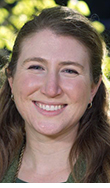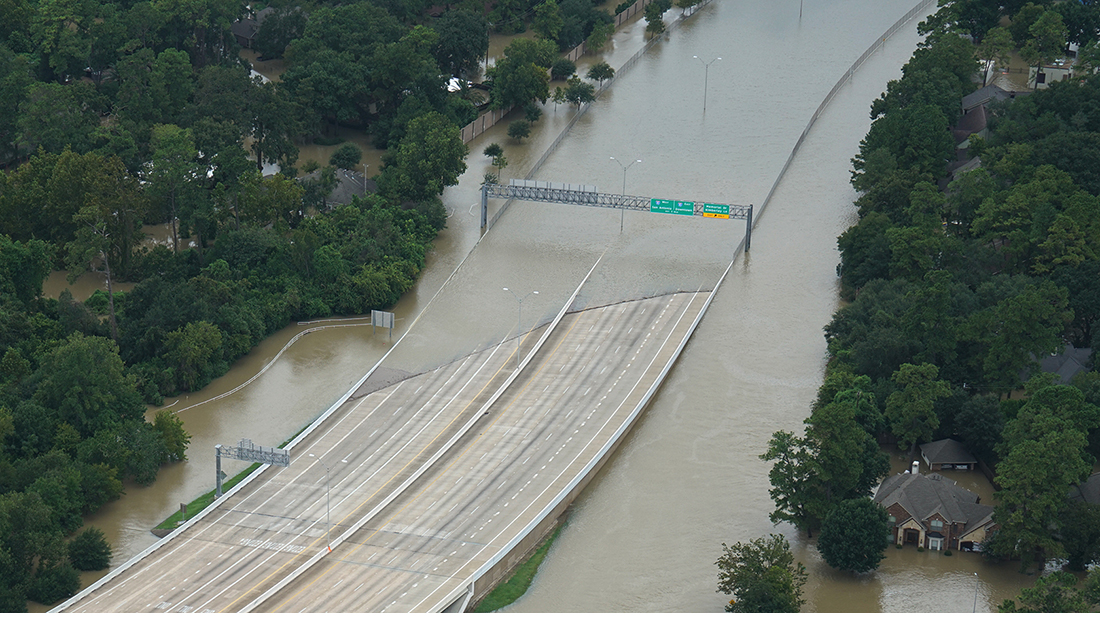Prof eyes impact of community flood resilience planning

Sierra Woodruff
As flooding costs worldwide threaten to top $60 billion annually, Sierra Woodruff, Texas A&M assistant professor of [urban planning] (http://laup.arch.tamu.edu/) , is studying whether natural hazard plans created by municipalities actually improve flood resilience.
Officials in many cities have sought to decrease flooding costs by embracing resilience planning, a new approach that aims to reduce a community’s natural hazard vulnerability by coordinating natural hazard and land use planning, two processes that often occur separately,
“Although resilience planning is a budding focus of urban policy, the extent to which it actually transforms planning processes, collaboration between municipal departments, and the reduction of long-term flood risks is unclear,” said Woodruff.
With a two-year, $170,000 grant from the National Science Foundation, Woodruff and two colleagues are conducting surveys, interviews and evaluating hazard plans in four communities that perform resilience planning to determine how successfully the concept is translated into practice, whether it increases collaboration across city departments and with private groups, and whether the plans heighten flood resilience.
The study is one of the first to examine patterns of collaboration and communication among public and private groups who contribute to resilience planning, said Woodruff, the project’s principal investigator.
“Examining these patterns will help us better understand which organizations are commonly included and excluded in resilience planning,” she said. “And, by comparing plan quality with measures of community collaboration, our findings will address the widely cited claim that collaboration leads to better and more integrated plans that are more likely to reduce flood damages.”
Woodruff is conducting the study with Bryce Hannibal, an assistant research scientist at the Texas A&M Bush School of Government and Public Service, and Sara Meerow, assistant professor of geographical sciences and urban planning, Arizona State University.
Richard Nira
rnira@arch.tamu.edu
Tags
- land development
- landscape architecture & urban planning
- laup gallery
- planning
- research
- rss
- sustainability
Related Posts

Planning profs studying systems, hazard plan links

Texas A&M hazard team's 'scorecard' adopted by Norfolk

Zhu heading physical activity study project

Planning prof presents hazard mitigation ideas
Follow Us
Facebook Twitter Vimeo Youtube Flickr RSS
Recent Posts

Planning prof heads study of disaster housing aid

A message from the dean

Former student remembered as expert planner

Leading educator named new head of Architecture Dept.






_thumbnail_small.png)
